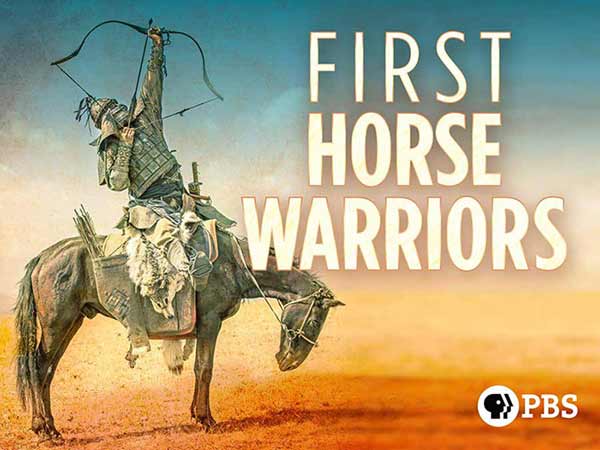First Horse Warriors: Horse riding played a key role in human expansion and civilization. But when and how did people first master these animals? Scientists use archaeology and genetics to uncover clues about the first horse riders and how they shaped the world.
The advent of horse riding was a momentous step in human history. But when and how did our ancestors first learn to master these animals? In a spectacular adventure, NOVA unlocks the mystery on the vast, grassy plains of Kazakhstan, where wild horses still roam free, and nomadic herders follow their traditional way of life. Investigating clues from archaeology and genetics, researchers reveal vivid evidence of the very first horsemen. They also discover warriors who swept across Europe, and turn out to be the ancestors of millions today.
First Horse Warriors
The first domesticated horses appeared around 6000 to 5000 years ago. The first hard evidence of mounted riders dates to about 1350 B.C. Uncovering information about ancient horsemen however is difficult. They left behind no written records and relatively few other groups wrote about them. For the most part they were nomads who had few possession, and never stayed in one place for long, making it difficult for archaeologists. Archaeologists have traditionally excavated ancient cities and settlements of settled people – to dig up artifacts connected with them.
For similar reasons it is difficult to work out how different horsemen groups interacted. What little is known about group interaction has been learned mostly from the work of linguists. Most of what is known about their behavior is based on observations of modern groups or a hand full of descriptions by ancient historians.
The Eurasia steppe is the only place that horses survived after the last Ice Age. Domestication is believed to have occurred around 3000 B.C. when horses suddenly appeared in places where they hadn’t been seen before like Turkey and Switzerland. It is difficult to pin down when domestication took place partly because the bones of wild horses and domesticated horses are virtually the same.




